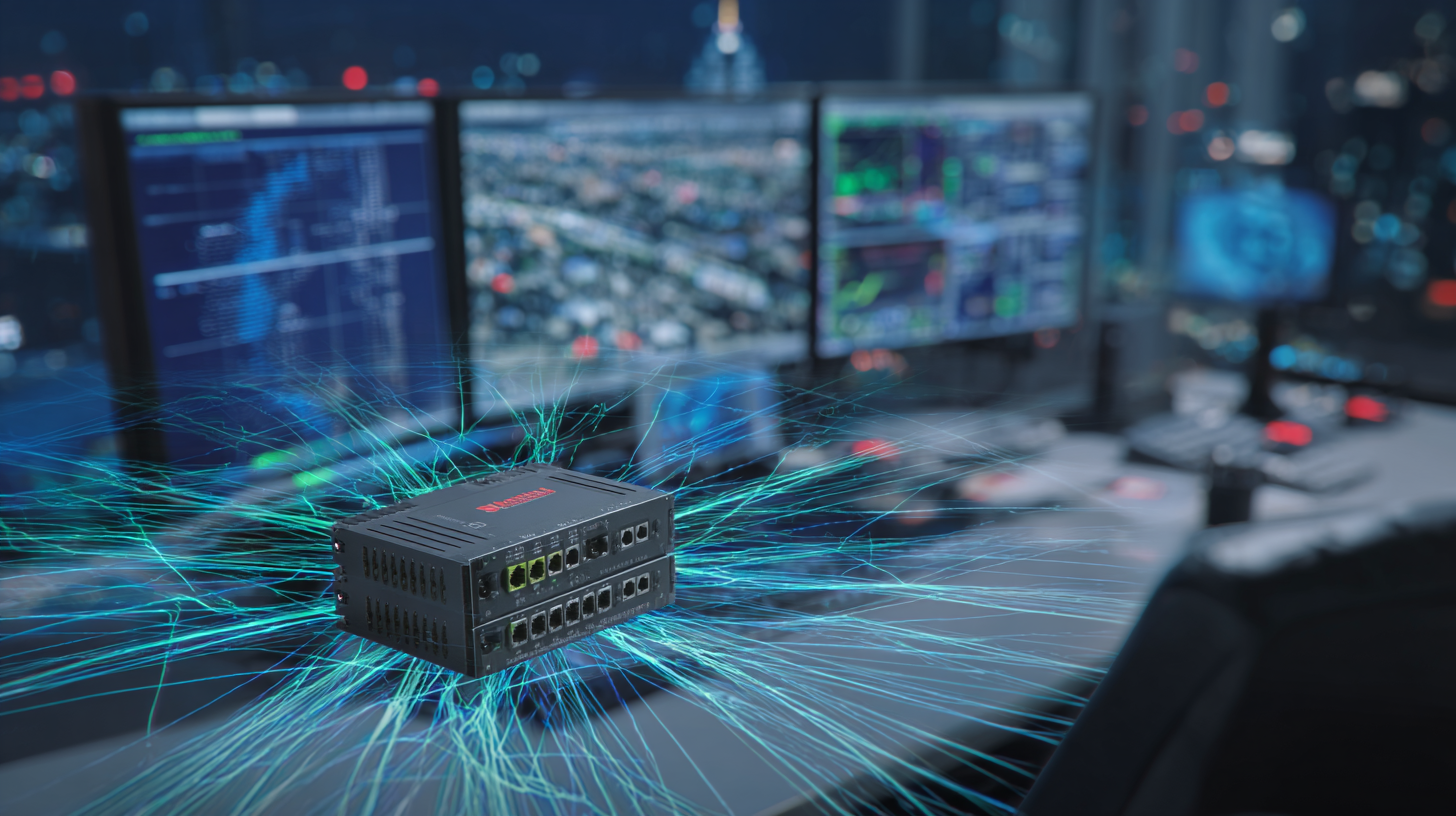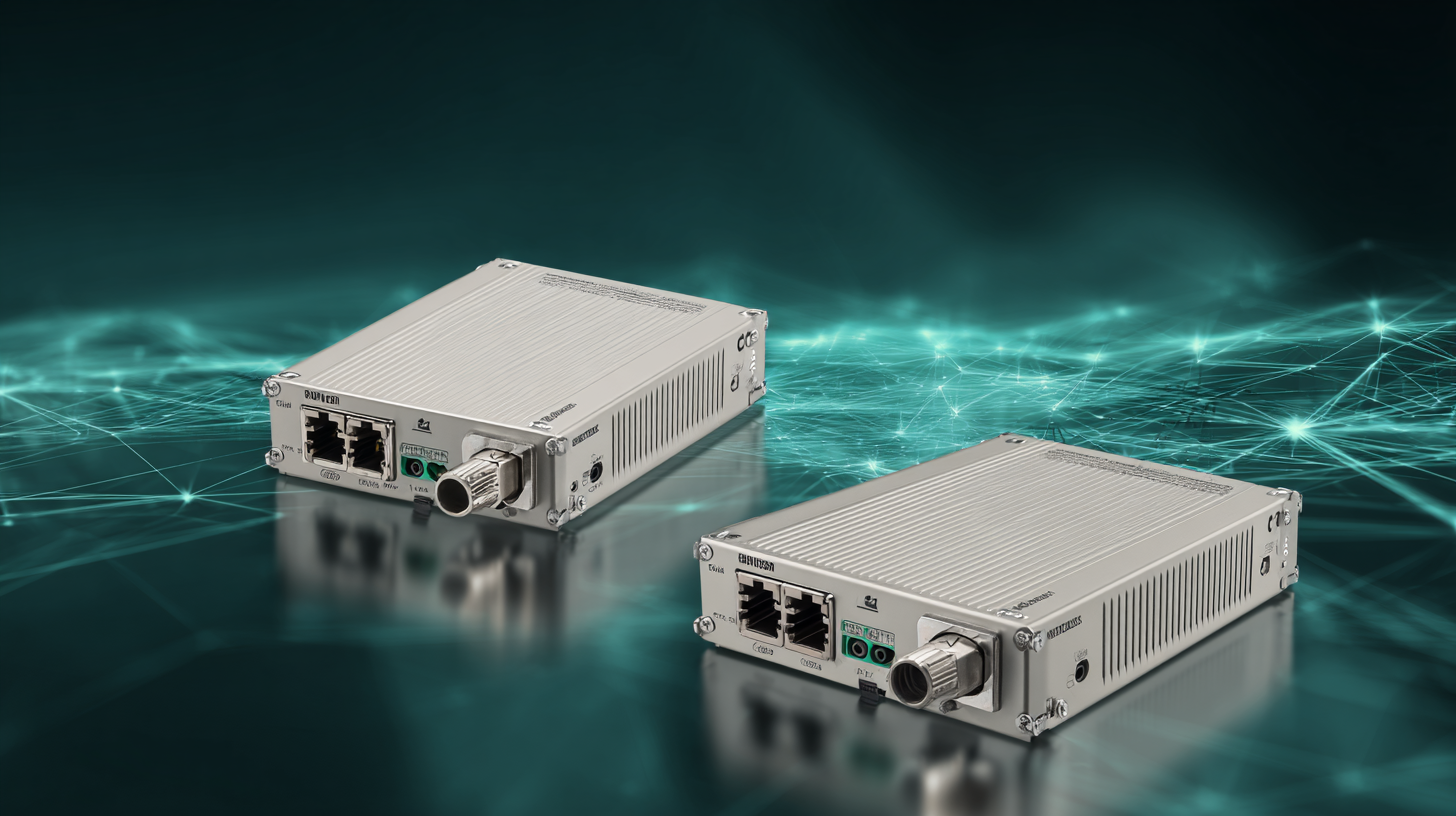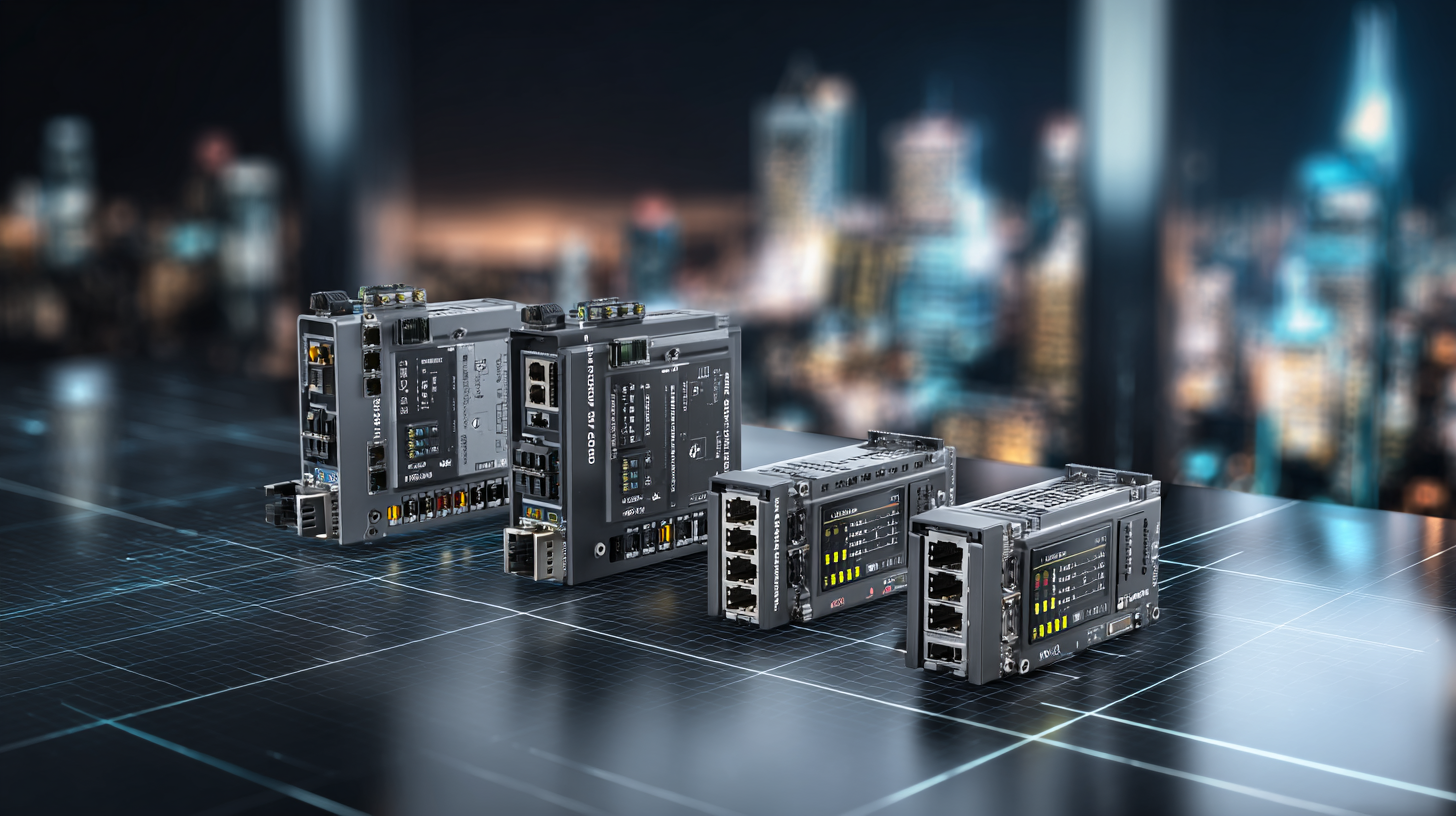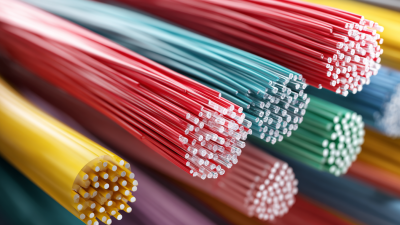Industries
Get direct access to our extensive portfolio of optical products and specialist technical expertise.
Get direct access to our extensive portfolio of optical products and specialist technical expertise.
In today's fast-paced digital landscape, the demand for reliable and high-performance network infrastructure is paramount, with the global fiber optics market projected to reach $7.5 billion by 2025, according to a recent report by MarketsandMarkets. A critical component of this infrastructure is the fiber media converters, which enable seamless integration between legacy copper networks and modern fiber-optic systems.
 These devices not only enhance network performance by extending transmission distances but also support various protocols, effectively bridging the gap between different network architectures. As organizations increasingly adopt fiber optics to meet bandwidth and speed requirements, understanding how to utilize fiber media converters becomes essential for optimizing connectivity and maximizing return on investment.
These devices not only enhance network performance by extending transmission distances but also support various protocols, effectively bridging the gap between different network architectures. As organizations increasingly adopt fiber optics to meet bandwidth and speed requirements, understanding how to utilize fiber media converters becomes essential for optimizing connectivity and maximizing return on investment.
This article delves into the essential strategies and insights for leveraging fiber media converters to enhance network performance, providing valuable guidance for IT professionals seeking to capitalize on the advantages of fiber technology.
Fiber media converters play a pivotal role in modern networking solutions by bridging the gap between different media types, such as copper and fiber. This is increasingly important as organizations strive to enhance their network performance and scalability. According to a report by MarketsandMarkets, the global fiber media converters market is projected to reach $1.1 billion by 2025, growing at a CAGR of 8.2% from 2020. This growth underscores the increasing reliance on fiber optics for speed and bandwidth, pushing businesses to invest in hybrid solutions that seamlessly integrate legacy copper networks with advanced fiber infrastructure.
In addition to enabling higher data rates, fiber media converters contribute to reduced latency and improved signal integrity, making them essential in critical applications like cloud computing and real-time data processing. A study by ResearchAndMarkets indicates that optical fiber communication can achieve transmission speeds of up to 100 Gbps, significantly surpassing traditional copper connections. By employing fiber media converters, organizations can enhance their network capacity while maintaining compatibility with existing hardware. This not only optimizes performance but also ensures a smoother transition to a fully fiber-optic network in the future, aligning with the industry's ongoing digital transformation initiatives.
Fiber media converters play a vital role in enhancing network performance by bridging the gap between legacy copper networks and modern fiber optic infrastructure. One of the key features of these converters is their ability to support high bandwidth capacities. According to a recent report by MarketsandMarkets, the fiber optics market is projected to grow at a CAGR of 10.4% from 2020 to 2025, primarily driven by the increasing demand for faster internet connection and the rise of data-intensive applications. By incorporating fiber media converters, organizations can significantly upgrade their network capabilities to handle the surge in data traffic.
Another essential feature to consider is the converters' capability for low latency communication. As businesses increasingly rely on real-time data analytics and applications, minimizing latency becomes crucial. A study from the Fiber Optic Association highlighted that fiber connections can provide speeds up to 100 Gbps with significantly lower latency compared to traditional copper connections. This means that organizations leveraging fiber media converters can enhance their network efficiency, ensuring faster data transmission and improved overall performance. Enhanced reliability and longer transmission distances are additional benefits, making fiber media converters a strategic investment for future-proofing network infrastructure.
| Feature | Description | Impact on Network Performance |
|---|---|---|
| Media Conversion | Converts electrical signals to optical signals and vice versa. | Improves signal integrity over long distances, reducing data loss. |
| Data Rate Support | Supports various data rates including 10/100/1000 Mbps. | Allows flexibility in scaling the network as needed. |
| Port Density | Multiple ports for connecting various devices. | Enhances network flexibility and expansion capability. |
| Managed Functions | Includes SNMP, VLAN support, and network monitoring. | Improves network management and troubleshooting efficiency. |
| Power over Ethernet (PoE) | Provides power to network devices over the Ethernet cable. | Simplifies cable management by reducing the number of required cables. |
| Fiber Type Compatibility | Compatible with single-mode and multi-mode fiber. | Ensures adaptability to various network designs and requirements. |
Fiber media converters and traditional Ethernet solutions serve distinct roles in modern networking, each with its own advantages and limitations. Traditional Ethernet solutions typically utilize copper cabling, which is adequate for shorter distances and lower bandwidth requirements. However, as network demands increase, the limitations of copper become evident, leading to signal degradation and reduced performance over longer distances. In contrast, fiber media converters leverage optical fiber technology, enabling superior data transmission speeds and enhanced performance across extensive network infrastructures.
The comparative analysis between fiber media converters and Ethernet solutions underscores several critical factors. Fiber media converters excel in delivering faster data rates and greater bandwidth, making them ideal for applications that require high-speed connectivity, such as data centers and enterprise networks. Additionally, they offer superior resistance to electromagnetic interference, which is a significant drawback of copper-based connections. On the other hand, while Ethernet solutions can be more cost-effective and easier to implement in smaller environments, they struggle to match the reliability and longevity provided by fiber optics, especially in demanding scenarios. This makes fiber media converters a robust choice for businesses aiming for long-term network enhancement and performance stability.
This chart illustrates the performance metrics of Fiber Media Converters compared to Traditional Ethernet solutions across different parameters such as Speed, Latency, and Distance.
Fiber media converters play a crucial role in enhancing network connectivity by bridging the gap between fiber optic and traditional copper networks. Their application is particularly significant in environments that require high bandwidth and low latency, allowing for seamless integration of diverse network infrastructures. Real-world implementations demonstrate how these converters can vastly improve communication efficiency, especially in industries relying on large data transfers, like telecommunications and cloud services.

Moreover, recent advancements indicate that the proliferation of fiber optic technology, such as Base 16 cables, further elevates performance levels. With capabilities for boosted 400G deployment and reduced infrastructure costs, businesses are increasingly turning to fiber media converters to optimize their network performance. As the demand for reliable and fast connectivity escalates, these technologies not only enhance overall network resilience but also respond proactively to challenges, such as fluctuating market dynamics and climate-related impacts. The integration of AI tools alongside these advancements presents a promising frontier for achieving smarter and more resilient network systems, firmly establishing fiber media converters as a vital component in today's digital landscape.
The advancement of fiber media technology is revolutionizing network performance, enabling faster, more reliable connections. As businesses increasingly rely on digital infrastructure, trends such as higher bandwidth demands, network convergence, and integration of AI-driven analytics are shaping the future. Emerging technologies, like 5G and IoT, are pushing the boundaries of what fiber media converters can achieve, optimizing data transfer speed and reliability.
**Tip:** To enhance network efficiency, businesses should consider implementing fiber media converters that support both legacy and modern devices. This flexibility allows for a gradual upgrade of existing systems without a complete overhaul, which can save significant costs while improving overall performance.
Additionally, the rise of edge computing necessitates robust fiber media solutions. Organizations need to look for converters that can handle increased data processing at the network edge, reducing latency and improving responsiveness in real-time applications.
**Tip:** Regularly assess and upgrade your fiber infrastructure to align with technological advancements. Keeping pace with the latest fiber media converter capabilities ensures your network remains agile and prepared for future growth.






